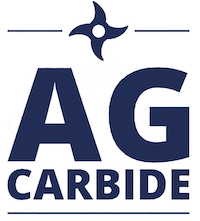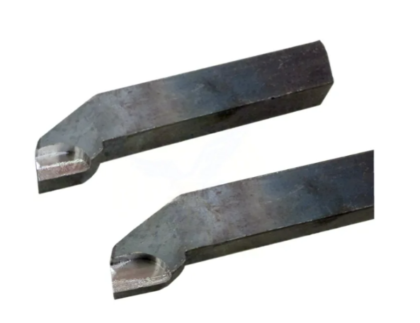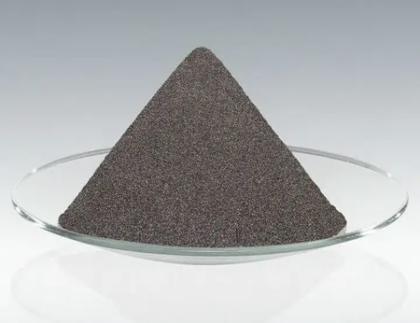Causes of Cemented Carbide Brazing Cracks There are many factors that cause cracks in carbide brazed workpieces, such as groove design, brazing process, heating process and sharpening. ①Some cemented carbides with high hardness and low strength, such as YT60, YT30, YG2 and YG3X, are prone to brazing cracks. Especially when the brazing area of these...
coercive force it indirectly reflects the grain size of hard phase in the alloy. Coercive force (iso3326) is the residual magnetism in a hysteresis loop after magnetization and demagnetization of the bonding phase in cemented carbide. Because there is a direct relationship between the average grain size of tungsten carbide phase and coercivity, it is...
Nickel base superalloy materials have good strength, certain anti-oxidation and corrosion ability, and good strength and hardness, which have been obtained in practical production More and more widely used. However, the processing of nickel base alloy is difficult, because its composition contains a trace of W element, which can make the hardness of the matrix...
Preamble Due to the problems of difficult chip removal, high straightness requirements and difficult tool design in the deep hole machining of aero-engine casings, the machining efficiency is generally low [1]. The deep hole of a certain type of aero-engine accessory transmission casing has always been processed by drilling and boring, which requires frequent tool...
GH4169 (original grade: GH169), also known as NS4301, equivalent to Inconel 718, is a precipitation-hardening nickel-based high-temperature corrosion-resistant alloy. ❒ National Standards China GB/T 14992-2005 GB/T 14994-2008 GB/T 30566-2014 GJB 712A-2001 GJB 713-1989 HB 6702-1993 GH4169 GB/T 15007-2017 NS4301 GB/T 26030-2010 NW7718 NiCr19Fe19Nb5Mo3 U.S. ASTM B637-2006 ASTM B670-2007 ASTM B983-2013a UNS N07718 Japan JIS...
Subscribe
Subscribe for the latest news.
Stay updated on the latest trends.
Please enter your name.
Please enter a valid email address.
Something went wrong. Please check your entries and try again.



